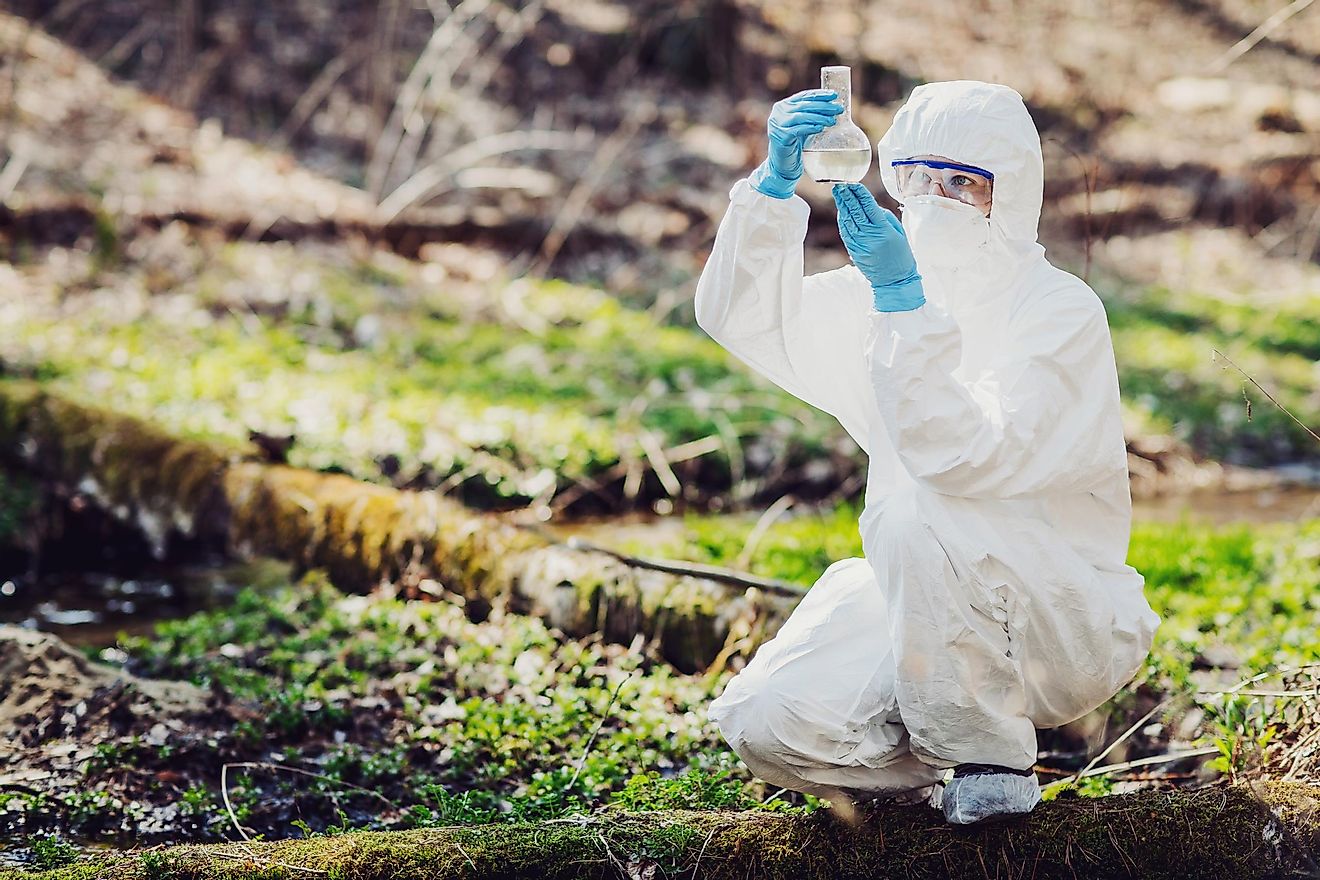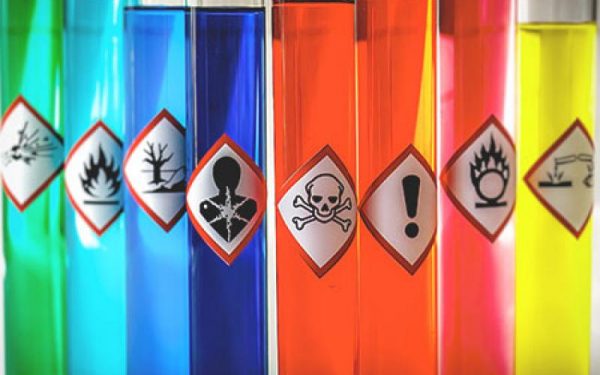CÔNG TY TNHH HÓA CHẤT VÀ
MÔI TRƯỜNG MIỀN NAM
MÔI TRƯỜNG MIỀN NAM
What is environmental remediation? What are environmental remediation chemicals?
Environmental remediation is a multi-step process and uses appropriate chemicals for the reclamation of different areas: rivers, lakes, water sources, air... This process will help eliminate hazardous wastes, polluted air and other biochemical agents that are dangerous to humans.

Environmental remediation chemical is a liquid or solid solution for the purpose of effectively renovating human natural space. This type of chemical can remove harmful agents to the environment, clean up water or other polluted air.
Environmental treatment chemicals have many types such as disinfectants, deodorizers, decolorizers, colloidal chemicals, liquid, gaseous and many different types. Each type of chemical will serve to treat a certain type of pollution. Therefore, individuals or agencies must carefully select chemicals to suit their environmental treatment purposes.
The role of chemicals in environmental treatment
The role of chemicals in this day and age is hard to deny. With the achievements of manufacturing different types of chemicals, from toxic chemicals to chemicals serving human life every day.
Types of benign chemicals used for food, or other chemical products to serve the purposes of medicine, cure for humans, improve health. In reducing environmental pollution, chemicals play a very important role. Chemical products can be widely used to improve the environment, bring fresh air, and improve the soil and water environment.
However, the current environmental pollution caused by chemicals is very serious due to human production activities. Therefore, specialized chemicals are needed to catalyze and remove toxins and harmful substances in the environment. In addition, environmental treatment chemicals can also purify water, air and land very quickly and effectively.
The most commonly used environmental treatment chemicals
Chemicals used in wastewater treatment
Wastewater treatment chemicals are prepared in many different solid and liquid states, depending on the manufacturer and the purpose of use. This type of chemical helps to reduce the risks of environmental pollution to humans, serves the purpose of bringing freshness and purity to the wastewater to be treated, and contributes to minimizing human burden. on this issue.

Commonly used wastewater treatment chemicals include:
Cationic polymer is an odorless white powder that can work in acidic or heavy base water.
- Polymer Anion is also a white powder chemical used for wastewater treatment similar to Cationic Polymer with strong hygroscopic properties and expands in water.
– PAC is a waste water treatment agent in the form of a yellow powder, dissolved in water to disinfect and destroy hazardous substances with heat in the treatment process.
– NAOH is a neutralizing agent, used mostly in industrial wastewater treatment processes in factories from large to small.
- Sulfuric acid is a fairly thick, oil-like wastewater treatment agent that is infinitely soluble in water and is a very effective water disinfectant.
- Iron Sulfate is a chemical with light green powder, when dissolved in water, it will coagulate toxic substances. Usually used in factories or households dealing and handling electronic components.
- Chlorine Hi Chlon 70% is a type of wastewater treatment chemical used in swimming pools, with very effective and fast deodorizing and algae removal properties.
Chlorine Niclon 70G is a granular, low-dust chemical that can be dissolved in water to effectively disinfect all types of polluted water sources.
– POLYTETSU is a catalyst that causes flocculation when dissolved in water, which helps to clump together toxic substances in the wastewater treatment process, thereby making it easier to remove harmful substances.
These are all chemicals used by the vast majority of individuals and businesses today to disinfect wastewater in a very effective way.
Chemicals used to treat exhaust gas
Air handling is a rather daunting problem and takes a lot of time and effort to solve. Therefore, the process of treating polluted air is very complicated, requiring the use of professional techniques and processes, along with specialized chemicals to achieve the highest efficiency. In addition, the unit in charge of the treatment must use standard and professional procedures to minimize the impact on households around the area that is conducting air pollution purification.
Exhaust gas treatment is usually divided into two ways, which are treatment by absorption method and chemical method. We will learn in detail about chemical treatment methods, with commonly used substances such as NaOH, Na2CO3, FeCl2, FeSO4 ... with high cleaning coefficients up to 90-92%. These substances act as catalysts to neutralize harmful chemicals such as SOx , COx , NOx , NH3 ... present in the air treated according to standard procedures.
The time it takes for the air treatment process to complete can be quick or longer depending on how large or small the area to be rehabilitated.
Address: 67/3 đường Bình Phú, Phường Tam Phú, Tp Thủ Đức, Tp. HCM, Việt Nam
Hotline: 0909.507.516
Email: pkd.southernchem@gmail.com
Website: www.hoachatmiennamco.com
Hotline
Hotline